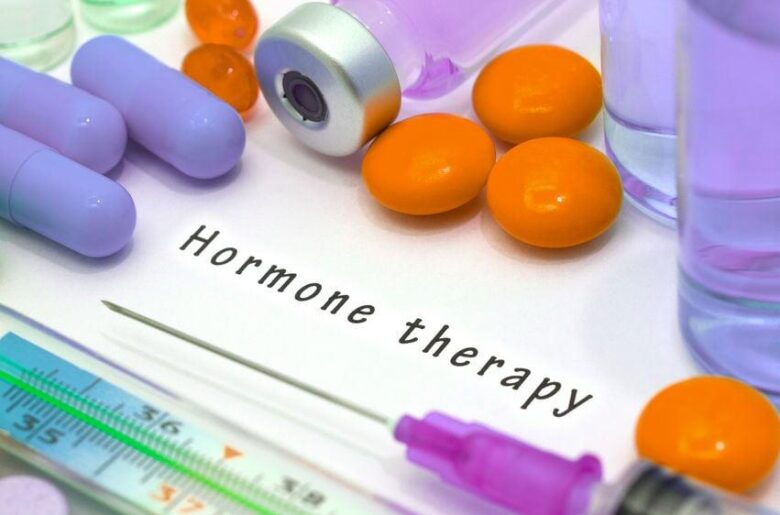In a world where wellness often takes center stage, the conversation around testosterone therapy is gaining momentum, demystifying an essential aspect of men’s health that has long been shrouded in stigma and misunderstanding. As we navigate the complexities of hormonal balance, we find ourselves curious about what lies beneath the surface of testosterone therapy: who it’s for, how it works, and the steps required to embark on this transformative journey. Whether you’re feeling the effects of low energy, decreased motivation, or diminished vitality, the prospect of testosterone therapy may offer a pathway to rejuvenation. This article serves as a comprehensive guide, illuminating the process of obtaining testosterone therapy, empowering you to make informed decisions about your health and well-being. Join us as we explore the essentials—from understanding your body’s needs to navigating the healthcare system—ensuring you’re equipped with the knowledge necessary to take charge of your testosterone journey.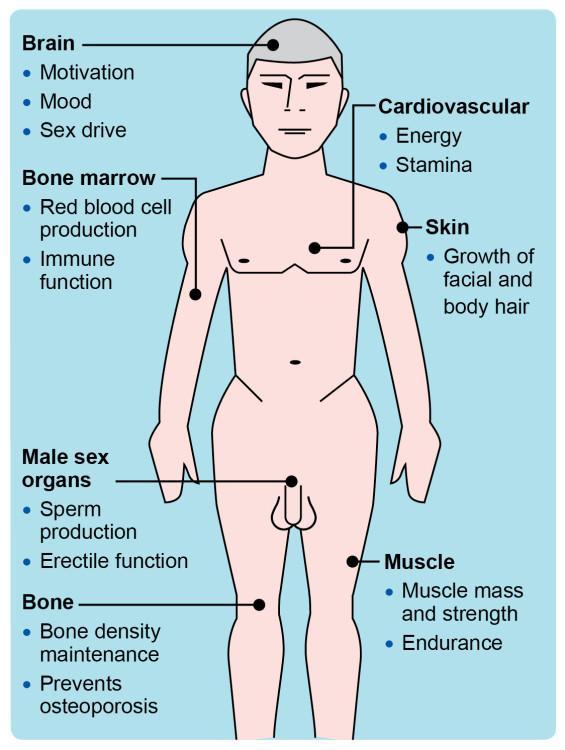
Understanding the Need for Testosterone Therapy
Testosterone plays a crucial role in maintaining various physiological functions in the body. As men age, testosterone levels naturally decline, leading to a range of symptoms such as reduced energy, decreased libido, increased body fat, and even mood changes. Identifying these changes is essential, as they can significantly impact quality of life. In many cases, individuals may turn to testosterone therapy to counteract these effects and restore hormonal balance. By addressing low testosterone levels, one can enhance physical performance, mental clarity, and overall well-being.
Moreover, testosterone therapy isn’t just for those experiencing obvious symptoms of deficiency; it can also be a proactive approach for individuals wanting to maintain optimal health as they age. The therapy has been shown to offer benefits, such as:
- Improved mood and energy levels
- Increased muscle mass and strength
- Enhanced sexual function
- Better bone density
However, it’s important to undergo thorough medical evaluations, including hormone level testing, to ensure that testosterone therapy is appropriate. Understanding the potential risks and benefits is vital for making an informed decision regarding your health.
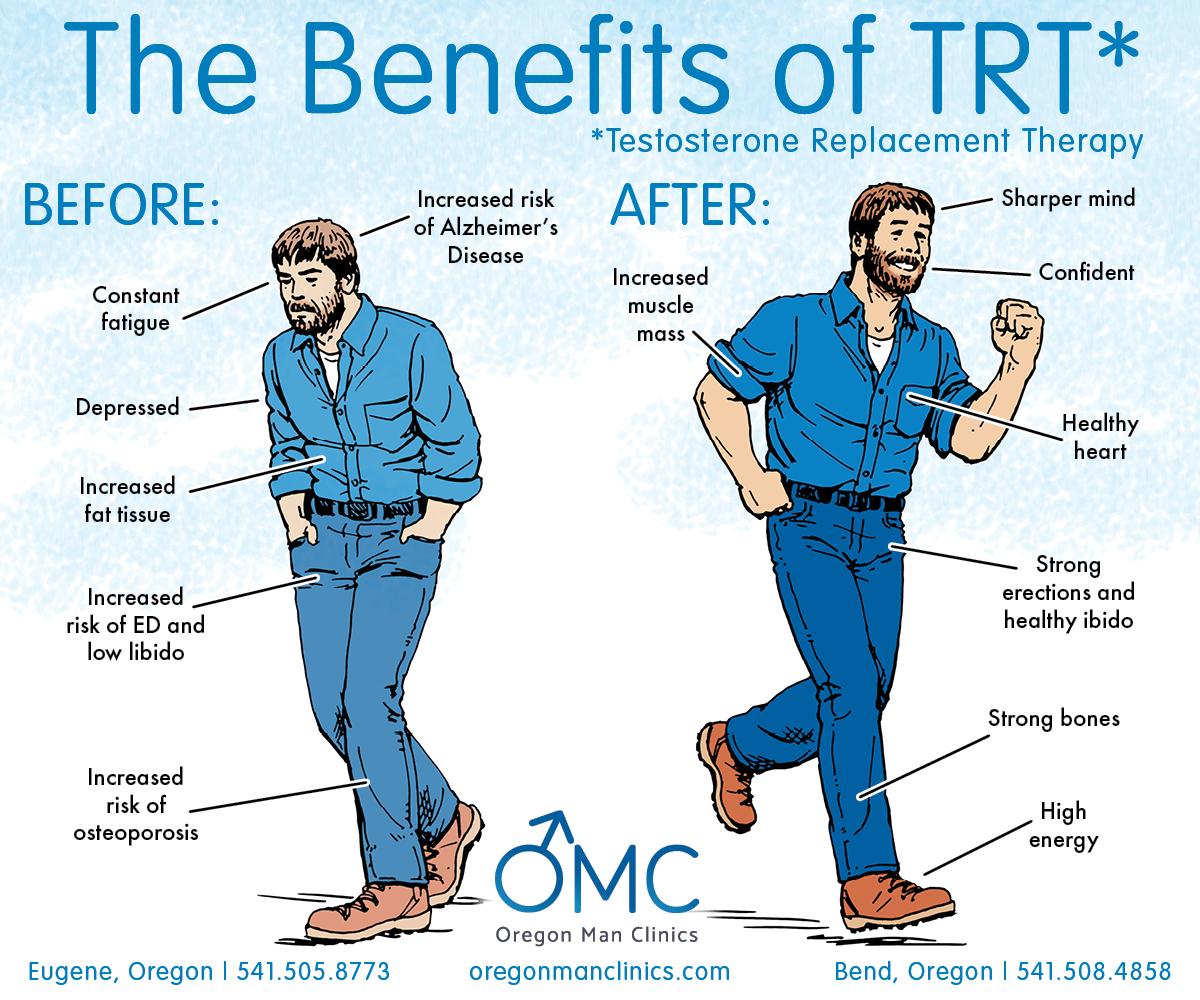
Identifying Symptoms of Low Testosterone Levels
Recognizing low testosterone levels is crucial for maintaining overall well-being. Individuals experiencing a decline in testosterone may notice a variety of symptoms that can significantly affect their daily lives. Common signs include:
- Fatigue: An overwhelming sense of tiredness that doesn’t improve with rest.
- Reduced libido: A noticeable decrease in sexual interest or arousal.
- Muscle weakness: Difficulty in maintaining muscle mass or strength despite regular exercise.
- Mood changes: Increased feelings of sadness, irritability, or anxiety.
- Weight changes: Unexplained weight gain or difficulty losing fat.
It’s important to remember that these symptoms may vary from person to person and can often overlap with other health issues. To assist in identifying potential testosterone deficiency, consider keeping a symptom journal or tracking your experiences. Consulting with a healthcare professional is also vital for an accurate diagnosis. Below is a simple table that summarizes primary symptoms and their potential impacts:
| Symptom | Potential Impact |
|---|---|
| Fatigue | Decreased energy for daily activities |
| Reduced libido | Strain on personal relationships |
| Mood changes | Challenges in work and personal life |
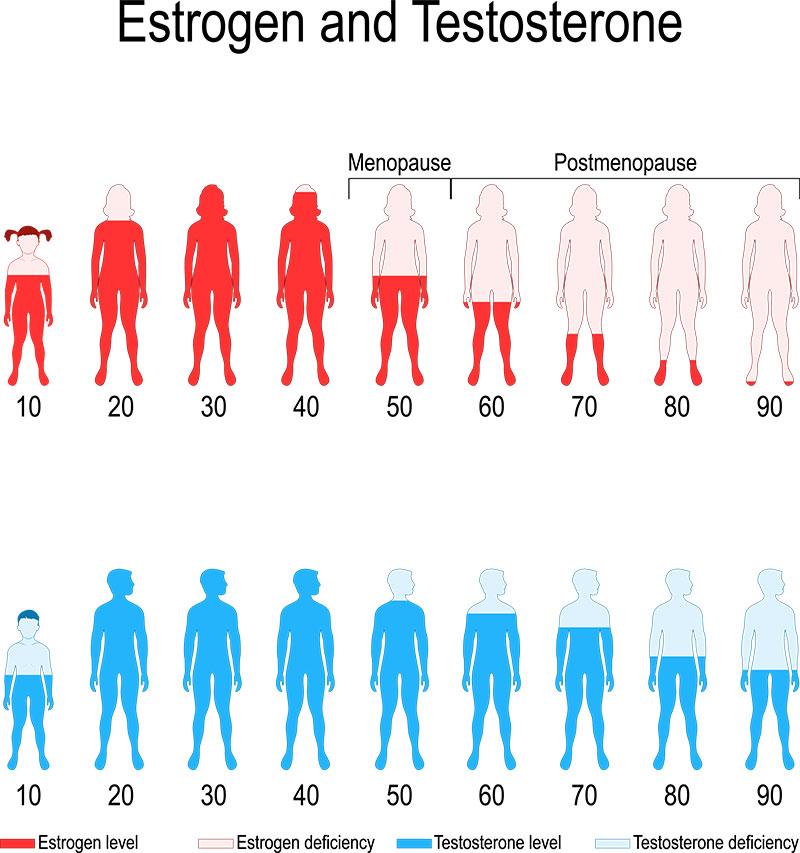
Navigating the Medical Evaluation Process
Embarking on the journey to testosterone therapy requires an understanding of the medical evaluation process that ultimately shapes your treatment options. It often begins with an in-depth consultation, where your healthcare provider will assess your symptoms and health history. Be prepared to discuss your physical and emotional well-being candidly. Key areas of focus during this initial discussion may include:
- Symptoms: Fatigue, mood changes, changes in libido.
- Medical history: Previous diagnoses and treatments.
- Lifestyle factors: Diet, exercise, alcohol use, and stress levels.
Once the consultation is concluded, your healthcare provider may recommend a series of laboratory tests to measure hormone levels, particularly total and free testosterone. It is essential to understand that these tests typically require a blood sample, which can yield critical insights into your hormonal status. The results will guide the next steps in your treatment plan. Here’s a simple breakdown of the process:
| Step | Description |
|---|---|
| Consultation | Discuss symptoms and medical history. |
| Laboratory Tests | Measure testosterone levels through blood samples. |
| Diagnosis | Evaluate test results to determine treatment eligibility. |
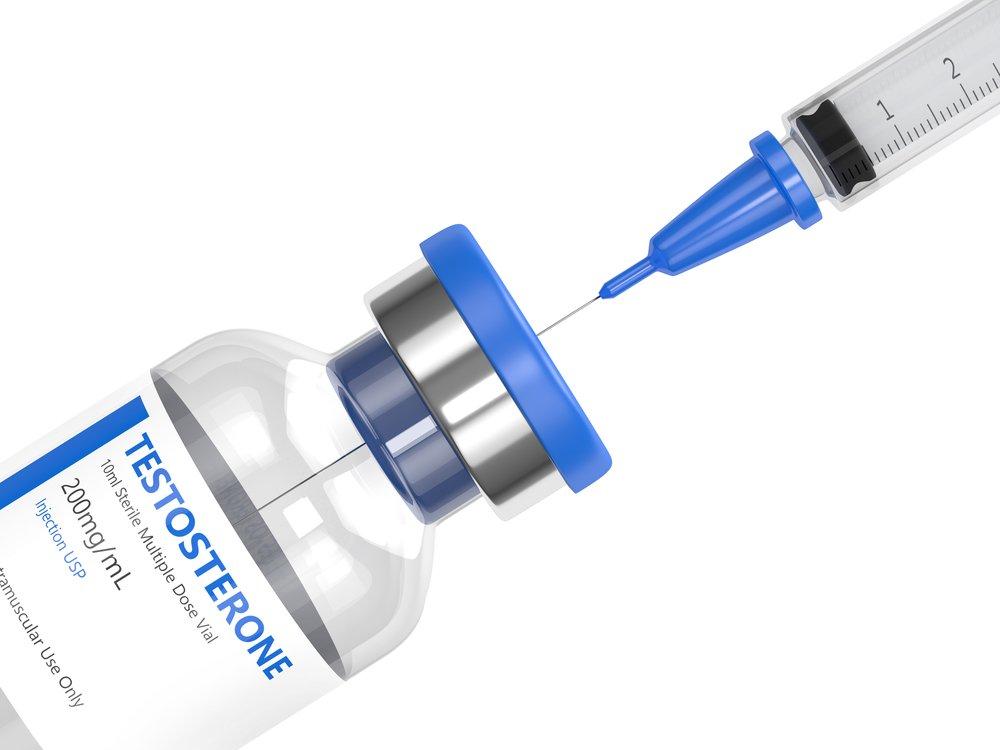
Exploring Different Types of Testosterone Treatments
Testosterone treatments come in various forms, each designed to cater to different needs and preferences. Here are some common options:
- Injections: Administered every few weeks, these can provide a direct boost in testosterone levels and are usually supervised by a healthcare provider.
- Patches: Transdermal patches offer a continuous release of the hormone and promote steady absorption, minimizing fluctuations in testosterone levels.
- Gels: Testosterone gels are applied to the skin daily and allow for gradual absorption, making them a convenient option.
- Pellets: Small pellets are implanted under the skin and can provide long-lasting testosterone release for several months.
Choosing the right type of testosterone therapy can depend on several factors, including individual lifestyle, medical history, and personal preferences. It’s crucial to consult with a healthcare professional who can guide the decision-making process, ensuring the chosen method aligns with one’s health goals and comfort levels. Below is a comparison table of the various treatment types, highlighting their characteristics:
| Type | Administration Method | Frequency | Pros | Cons |
|---|---|---|---|---|
| Injections | Intramuscular or subcutaneous | Every 1-4 weeks | Direct delivery; effective | Needles; possible pain |
| Patches | Adhesive applied to skin | Daily | Steady release; easy to use | Skin irritation; visibility |
| Gels | Applied to skin | Daily | Convenient; less invasive | Transfer risk; absorption variance |
| Pellets | Subcutaneous implant | Every 3-6 months | Long-lasting; low maintenance | Surgical procedure; site complications |
Setting Realistic Expectations for Therapy Results
When considering testosterone therapy, it’s essential to understand that results can vary significantly from person to person. Factors such as age, baseline hormone levels, and overall health all play pivotal roles in how one might respond to treatment. During discussions with your healthcare provider, it’s crucial to express any specific goals you may have, but keep in mind that results are often gradual. You might experience benefits like increased energy, improved mood, or enhanced muscle mass, but these outcomes are typically realized over a period of weeks or months rather than immediately.
To set reasonable goals, you can consider the following aspects of therapy:
- Monitoring Progress: Regular follow-ups with your provider can help track changes and adjust dosages if necessary.
- Long-Term Commitment: Hormonal adjustments take time, and being patient with the process is key to experiencing lasting benefits.
- Realistic Milestones: Establish achievable short-term and long-term objectives to help gauge your progression.
| Expected Changes | Time Frame |
|---|---|
| Increase in energy levels | 2-4 weeks |
| Improvement in mood | 4-6 weeks |
| Boost in muscle mass | 3-6 months |
The Role of Lifestyle Changes in Enhancing Treatment Effects
Incorporating lifestyle changes can significantly amplify the effectiveness of testosterone therapy, paving the way for enhanced overall well-being. Adopting healthier habits is not merely complementary; it transforms the efficacy of treatments. Consider the following lifestyle modifications:
- Regular Exercise: Engaging in both resistance and aerobic workouts can boost testosterone levels naturally, providing a synergistic effect with therapy.
- Balanced Diet: Consuming a nutrient-rich diet, full of healthy fats, proteins, and essential vitamins, supports hormonal balance.
- Quality Sleep: Adequate restorative sleep every night helps regulate hormone levels, ensuring optimal treatment outcomes.
- Stress Management: Techniques such as meditation, yoga, or even simple breathing exercises can reduce cortisol, a hormone that, at high levels, can counteract testosterone therapy.
Moreover, the integration of specific nutritional strategies can further enhance the results of testosterone therapy. Below is a table illustrating some key foods known to support testosterone levels:
| Food | Benefits |
|---|---|
| Eggs | High in vitamin D and cholesterol, both crucial for testosterone production. |
| Spinach | Rich in magnesium, which may help elevate testosterone levels. |
| Almonds | A source of healthy fats that can support hormone health. |
| Salmon | Packed with omega-3 fatty acids and vitamin D, promoting overall hormonal balance. |
Ensuring Ongoing Monitoring and Support During Therapy
To achieve the best possible outcomes from testosterone therapy, it’s essential to implement a robust monitoring and support framework. Regular check-ups with your healthcare provider can help ensure that your treatment is effective and tailored to your individual needs. Monitoring should include:
- Regular Blood Tests: To assess hormone levels, liver function, and hematocrit.
- Symptom Tracking: Keeping a daily log of mood changes, energy levels, and physical changes.
- Adjustments to Dosage: Your healthcare provider may need to tweak the dosage based on your body’s response.
In addition to medical oversight, ongoing support from healthcare professionals and a network of peers can be invaluable throughout your therapy journey. Engage in regular discussions with your therapist or support groups to navigate emotional challenges and celebrate milestones. Consider the following pathways for enhanced support:
| Support Type | Benefits |
|---|---|
| Therapy Sessions | Emotional support and coping strategies. |
| Support Groups | Shared experiences and motivation from others. |
| Online Forums | Access to a broader community and resources. |
Q&A
Q&A: Your Guide to Getting Testosterone Therapy
Q1: What is testosterone therapy, and who might need it?
A: Testosterone therapy is a medical treatment designed to boost testosterone levels in individuals, primarily men, who experience low levels of this hormone due to aging or medical conditions. Signs that you might need testosterone therapy include fatigue, loss of muscle mass, decreased libido, and mood changes. If you feel these symptoms impacting your daily life, it might be time to consult a doctor.
Q2: How do I know if I have low testosterone levels?
A: The most effective way to determine if you have low testosterone is through a blood test ordered by a healthcare provider. This test measures your testosterone levels, typically conducted in the morning when levels are highest. Keep in mind that testosterone levels fluctuate throughout the day, so one single test isn’t always conclusive.
Q3: What steps should I take to start the process?
A: Start by scheduling an appointment with your primary care physician or an endocrinologist. They will evaluate your symptoms, discuss your medical history, and perform the necessary tests. If your testosterone levels are found to be low and your symptoms are significant, they might recommend testosterone therapy as a treatment option.
Q4: What types of testosterone therapy are available?
A: Testosterone therapy comes in several forms, including injections, patches, gels, and pellets. Each delivery method has its pros and cons, so your healthcare provider can help you choose the one that best fits your lifestyle and needs. For example, injections may require less frequent administration, while gels offer daily convenience.
Q5: Are there any potential side effects of testosterone therapy?
A: Yes, like any medical treatment, testosterone therapy can have side effects. Some common ones include acne, sleep apnea, increased red blood cell count, and potential impacts on cardiovascular health. It’s essential to have ongoing discussions with your doctor to monitor any side effects and adjust the treatment as needed.
Q6: How will I know if the therapy is working?
A: After starting testosterone therapy, your doctor will likely schedule follow-up appointments to assess your symptoms and perform new blood tests. You should begin to notice improvements in energy levels, mood, and libido within a few weeks to a few months. Tracking your symptoms and overall well-being can also be helpful in determining the therapy’s effectiveness.
Q7: Is testosterone therapy safe for everyone?
A: Testosterone therapy isn’t suitable for everyone. Individuals with certain health issues, such as prostate cancer or severe heart conditions, may be advised against it. A thorough evaluation by a healthcare provider is crucial to ensure the treatment is appropriate for your specific health situation.
Q8: How much does testosterone therapy cost?
A: The cost of testosterone therapy can vary widely depending on the type of treatment, insurance coverage, and healthcare provider. If insurance coverage isn’t available, it’s wise to discuss the cost of therapy with your doctor and explore possible financial assistance programs or generic options that could reduce expenses.
Q9: What lifestyle changes can help support testosterone levels?
A: In addition to therapy, lifestyle changes such as regular exercise, a balanced diet rich in healthy fats, adequate sleep, and stress reduction techniques can all help support healthy testosterone levels. These changes can improve not just testosterone levels but also your overall health and well-being.
Q10: Where can I find more information about testosterone therapy?
A: Reliable sources for information on testosterone therapy include medical websites such as the Mayo Clinic, the National Institutes of Health (NIH), and other reputable health organizations. Consulting with a healthcare provider who specializes in hormone replacement therapy can also provide personalized guidance and support.
This Q&A aims to equip you with the knowledge you’ll need to navigate the process of obtaining testosterone therapy. Remember, informed decisions lead to better health outcomes!
Future Outlook
As we draw the curtain on our exploration of testosterone therapy, it’s important to remember that every journey is unique. Whether you’re considering therapy for health reasons or simply to enhance your overall well-being, the process involves a blend of research, professional guidance, and personal reflection. By understanding the steps involved—from assessing your symptoms and consulting with a qualified healthcare provider to navigating treatment options and monitoring your progress—you can make informed decisions that best suit your individual needs. Embrace this opportunity for growth and renewal, and take the next step toward a healthier, more balanced life. Remember, it’s not just about increasing levels; it’s about enhancing your quality of life. Whatever path you choose, may it lead you to a place of vitality and fulfillment.

